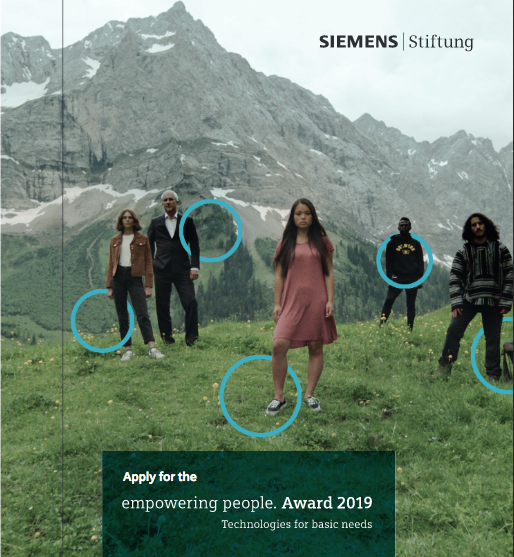Machine Learning–Driven Personalization and Product Strategy

Think about opening an app that feels custom-made for you. The product suggestions hit the mark, the content matches your interests, and the interface seems to know what you need.
This isn’t some kind of wizardry; it’s the outcome of complex machine learning models operating behind the scenes to create customized experiences on a large scale.
This stands as the main challenge in today’s product development: using huge amounts of user information to build a product that’s tailored for millions of people.
To put these systems into action is a tricky task that needs a specific mix of technical know-how and strategic vision.
The person leading this effort is Harrison Enofe Obamwonyi, a senior software data scientist who focuses on building the smart systems that power personalization. He acts as the mastermind behind these platforms allowing products to learn and adjust to individual behavior as it happens.
Harrison and his teams use advanced predictive modeling and recommendation algorithms to create these customized experiences. These models look at user behavior, likes, and past data to guess what a user will do next, whether it’s choosing a movie to watch or deciding on a product to buy.
The job requires a careful balance, as algorithm performance must line up with real-world business goals. A model may show high accuracy, but its suggestions also need to help achieve aims like keeping more users, boosting income, or increasing overall user activity in a significant way.
This calls for a close beneficial teamwork. Product managers collaborate with Harrison and his data science group to turn complex model results into useful product features. The PM might spell out the user issue, while Harrison’s team offers the algorithm-based answer, which then fits into what users see and do.
A key part of this work involves making sure ethical limits and efforts to reduce bias stay at the top of the list. As models grow stronger, they can carry on existing biases from the training data leading to unfair or wrong suggestions for some groups of users.
Harrison pushes for a responsible approach putting in place methods to watch for and fix bias. The aim is to build a system that makes the user experience better without giving up on ethical standards. This involves a thorough process of checking model fairness across different user groups.
He believes that a successful personalization strategy must go beyond simply increasing engagement.
It should foster a sense of trust and value with the user, ensuring the product feels helpful and not intrusive. This requires careful consideration of what data is used and how the system’s decisions are communicated to the user.
Through his mastery of this complex field, Harrison empowers product teams to not only create smarter products but also to do so responsibly. He provides the tools and strategic guidance to move from a one-size-fits-all approach to a dynamic, personalized one that anticipates user needs and drives measurable business success.







